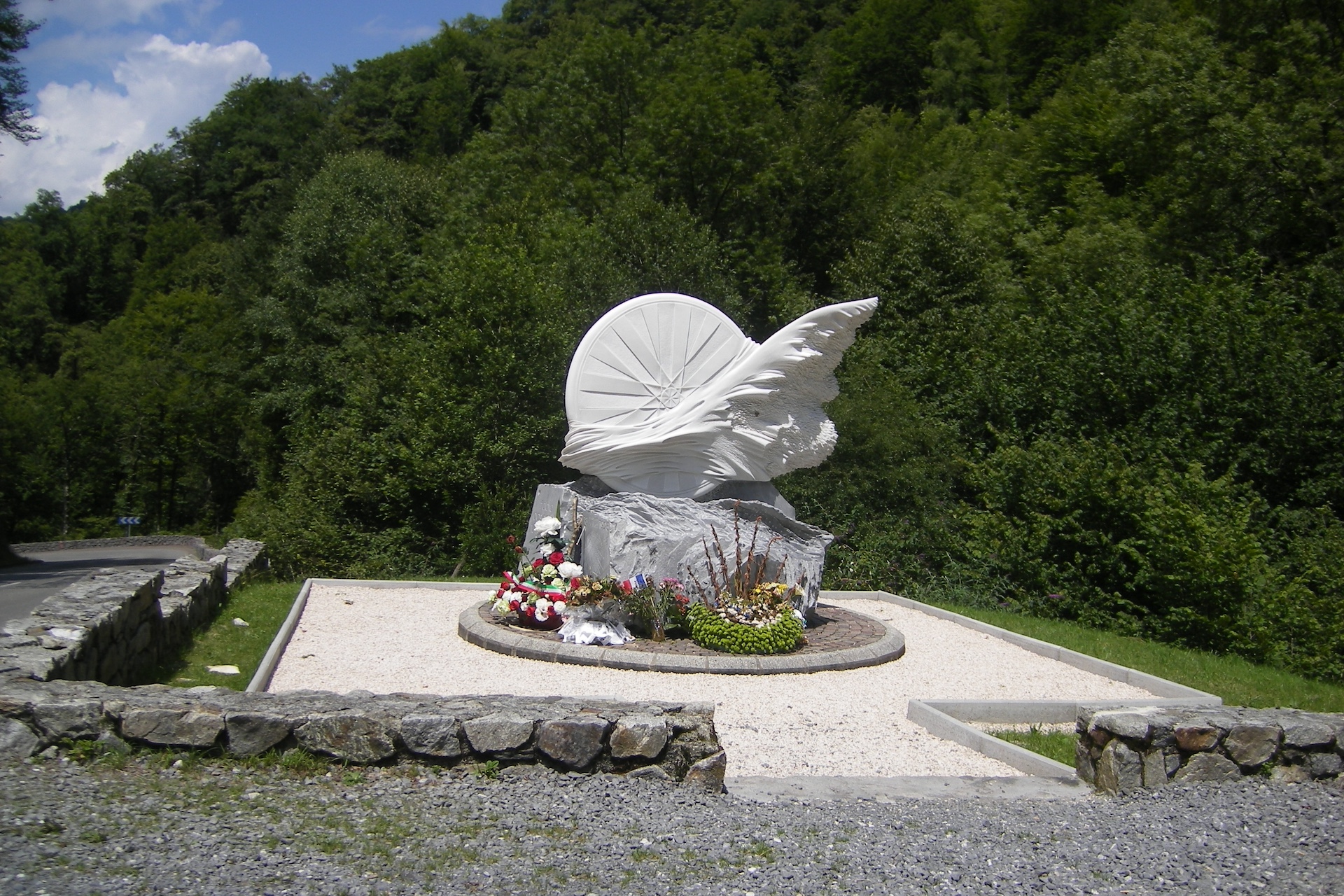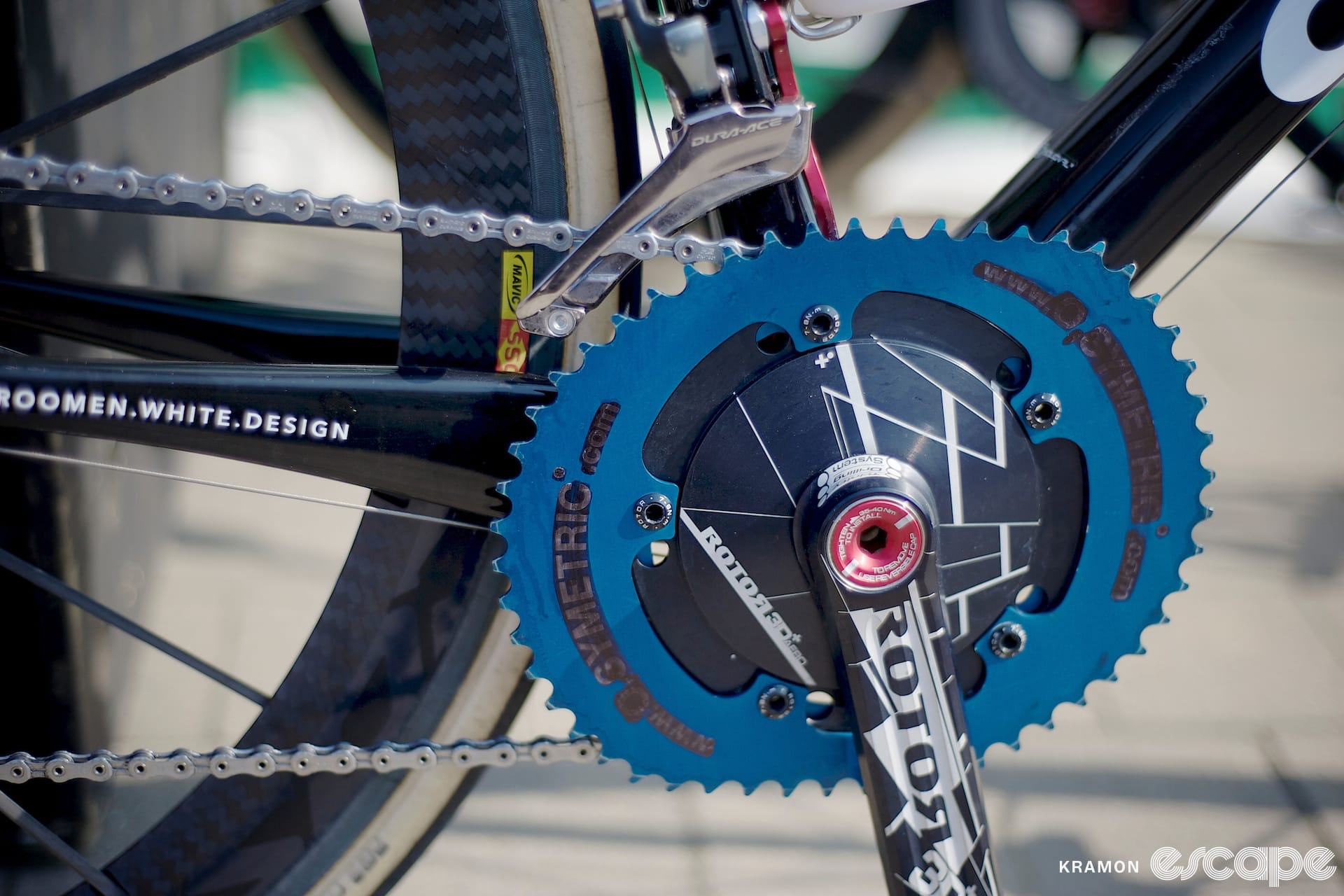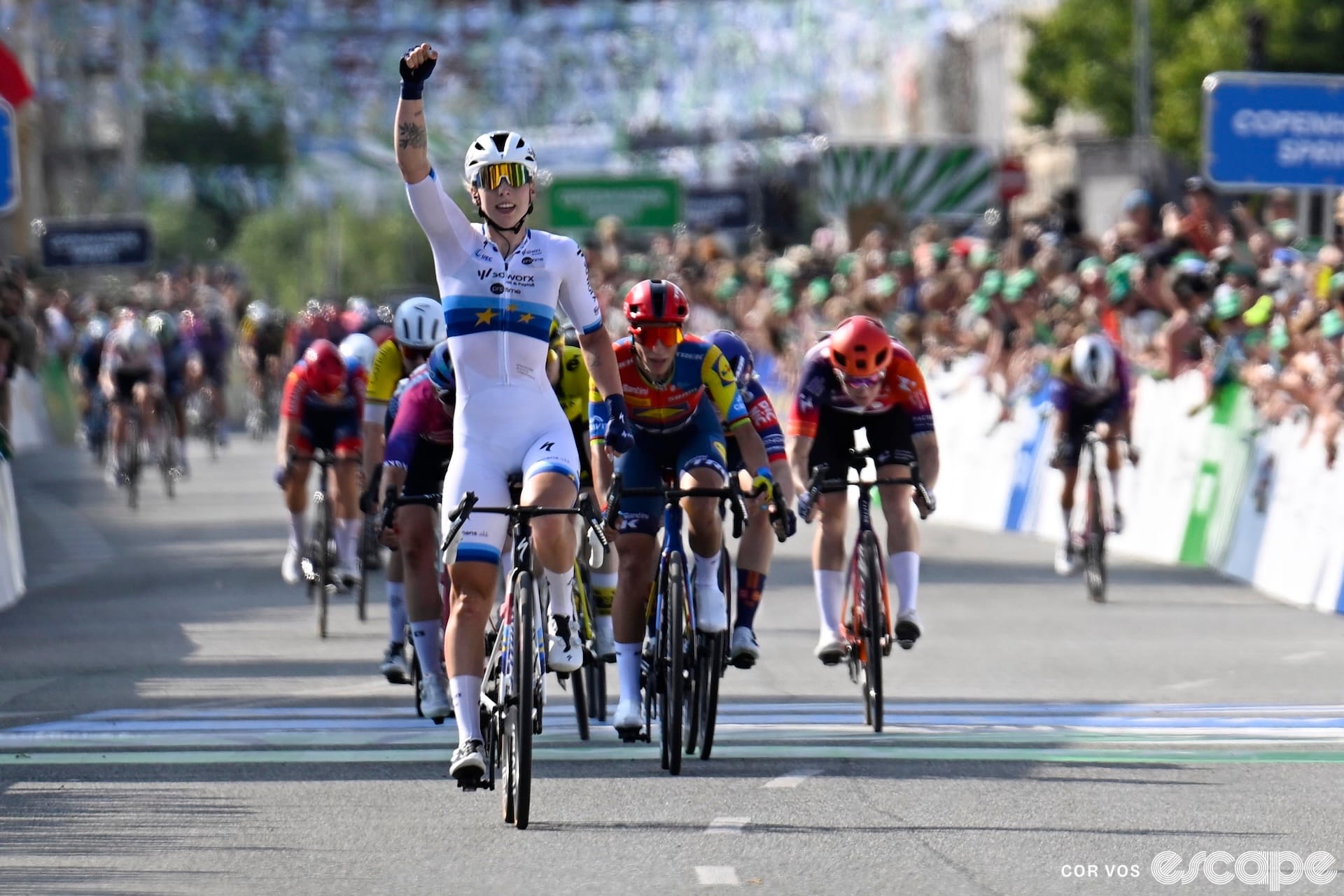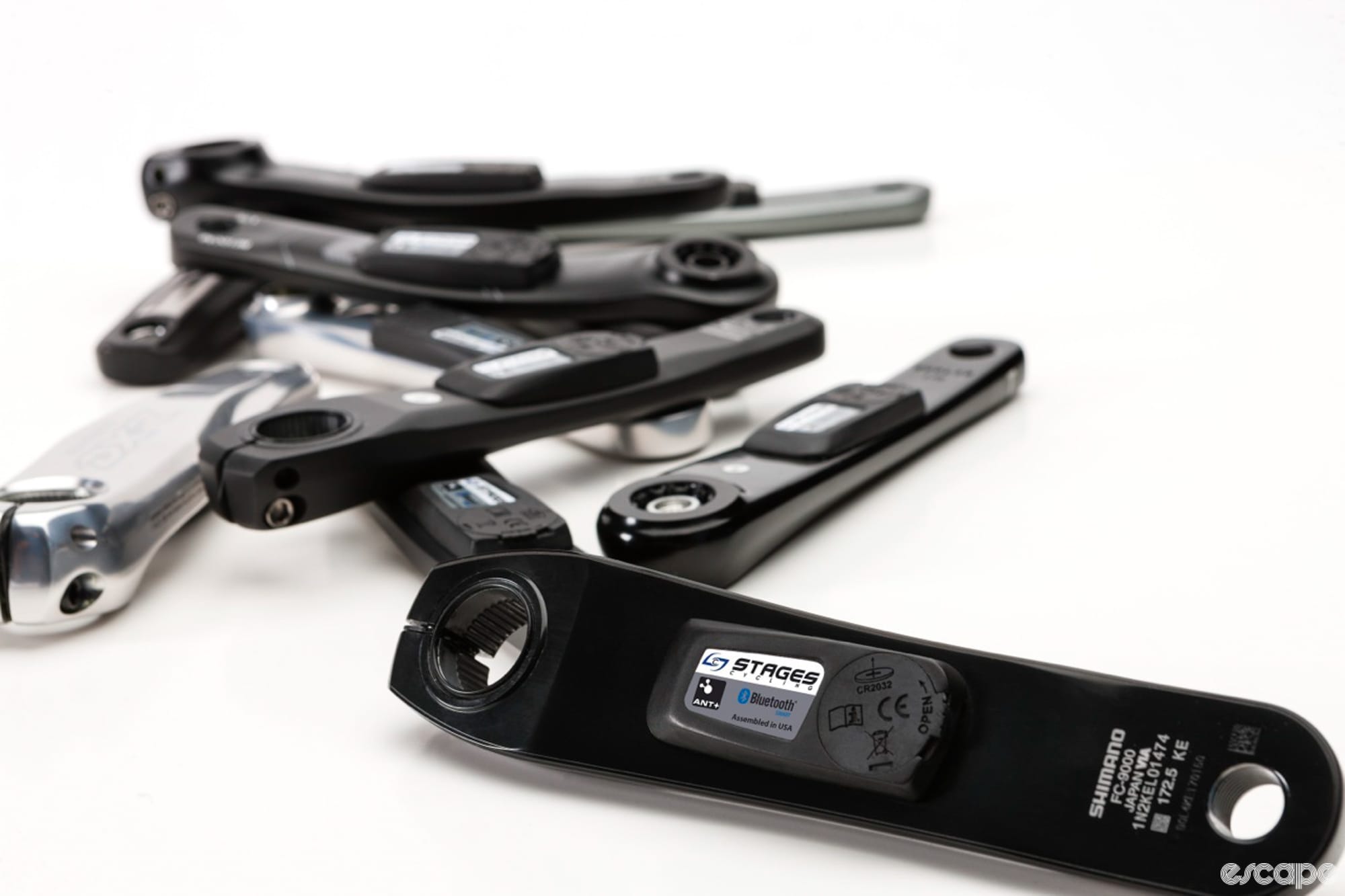Today’s stage brings us the Portet d’Aspet. It is the site where Fabio Casartelli lost his life in 1995. He is one of three riders who have ever died during the Tour. Tom Simpson lost his life on the Mont Ventoux in 1967. The third one is a Spanish rider called Francisco Cepeda who crashed in the Alps in 1935. There was a fourth rider, Adolphe Heliére, who drowned in 1910 while swimming in the sea in Nice on one of the rest days.
Fabio Casartelli was 24 years young and an up-and-coming talent. He grew up near Como in the north of Italy. When he found out he could ride a bike really fast, cycling became his sport. His biggest win came in 1992 when he won the Olympic Road Race in Barcelona, beating Erik Dekker. Davide Rebellin was also part of the Italian team that day.
Casartelli turned pro with Ariostea in 1993. In 1994 he rode with Gianni Savio’s ZG Mobili team but in 1995 he joined the Motorola team and was selected for his second Tour de France. The year before he had to abandon on stage 7.
Fabio Casartelli crashed on a concrete block on the descent of the Portet d’Aspet. He hit his head, ended up in that fetal position we all remember from the television footage. He didn’t wear a helmet, like most of the peloton in those days. The Italian lost a lot of blood. He was transported by helicopter to Tarbes where he died later that day, after having suffered four cardiac arrests. Johan Museeuw, who crashed with Casartelli, heard at the finish line that he died. The podium ceremony was in full swing celebrating the win of Richard Virenque. It was a truly odd thing to celebrate a winner that day.
There are two monuments on the Portet d’Aspet: the big monument and a small plaque with the Olympic rings and a picture of Casartelli on the concrete shoulder at the actual site of the accident.
The Italian artist of the big monument, Bruno Luzzani, wanted to symbolize eternal life. "It’s a life’s breath that soars towards the sky, as if Fabio continues to glide along the roads and climb the switchbacks of heaven," I read on the website of the local memorial committee Roue Libre Casartelli.
The sundial indicates three important dates in Casartelli's life: his date of birth, the date he died, and the day he became Olympic champion.
Each year a cyclosportive remembering Casartelli is organized. The members of the Roue Libre Casartelli in Saint Girons – halfway into today’s stage - work together with the Fondazione d'Albese from Casartelli’s hometown in Italy.
Riders from all over France, as well as from abroad, come together in remembrance as well as in solidarity. They forge bonds of friendship that everyone will strive to strengthen from year to year. The 28th edition is on September 8 this year. The route doesn’t include the Portet d’Aspet.
Fabio Casartelli rests in the town that he grew up in: Albese con Cassono. His grave only says "Fabio." There is a picture of him in a suit, smiling, and that picture of him on the podium in Barcelona. His widow Annalisa told Rouleur: “If you say Fabio Casartelli, most people will remember him as the cyclist who died in the Tour de France. It shouldn’t be like that. Instead, if you say Casartelli, the first thing that should come to mind is the winner of the 1992 Olympic Road Race, but people remember calamity more than good things.”
Sadly, this is true so let’s celebrate the young man who celebrated his biggest win in Barcelona. Remember the cyclist Fabio Casartelli but also the husband, son, father, teammate, and friend who will forever hold a place in the hearts of all who knew him.
Did we do a good job with this story?






